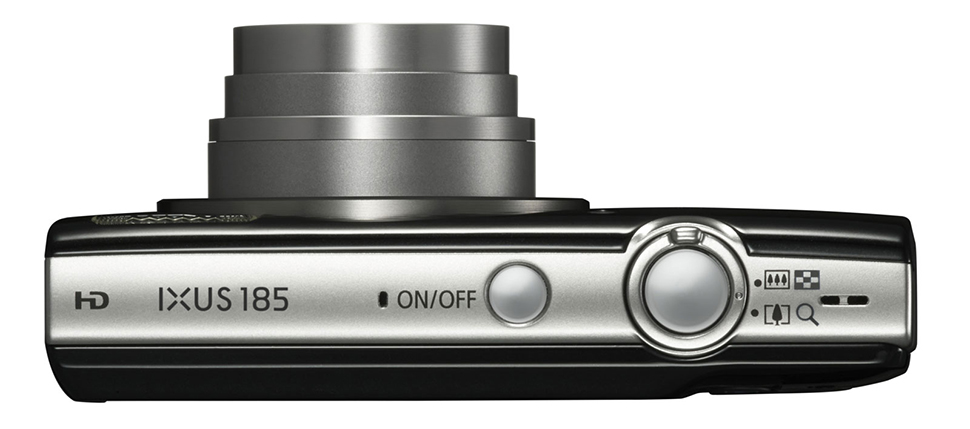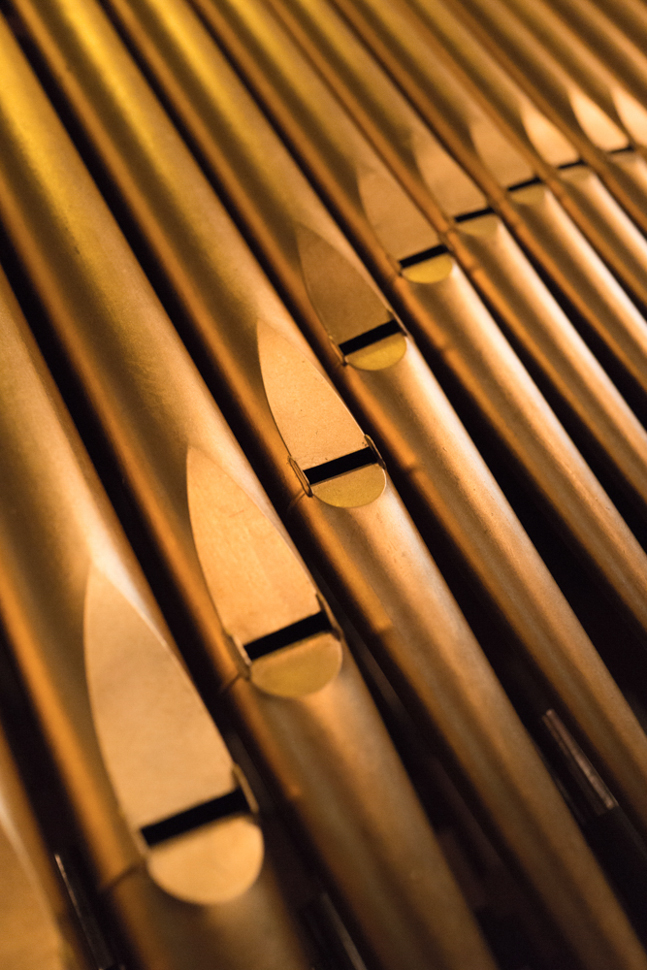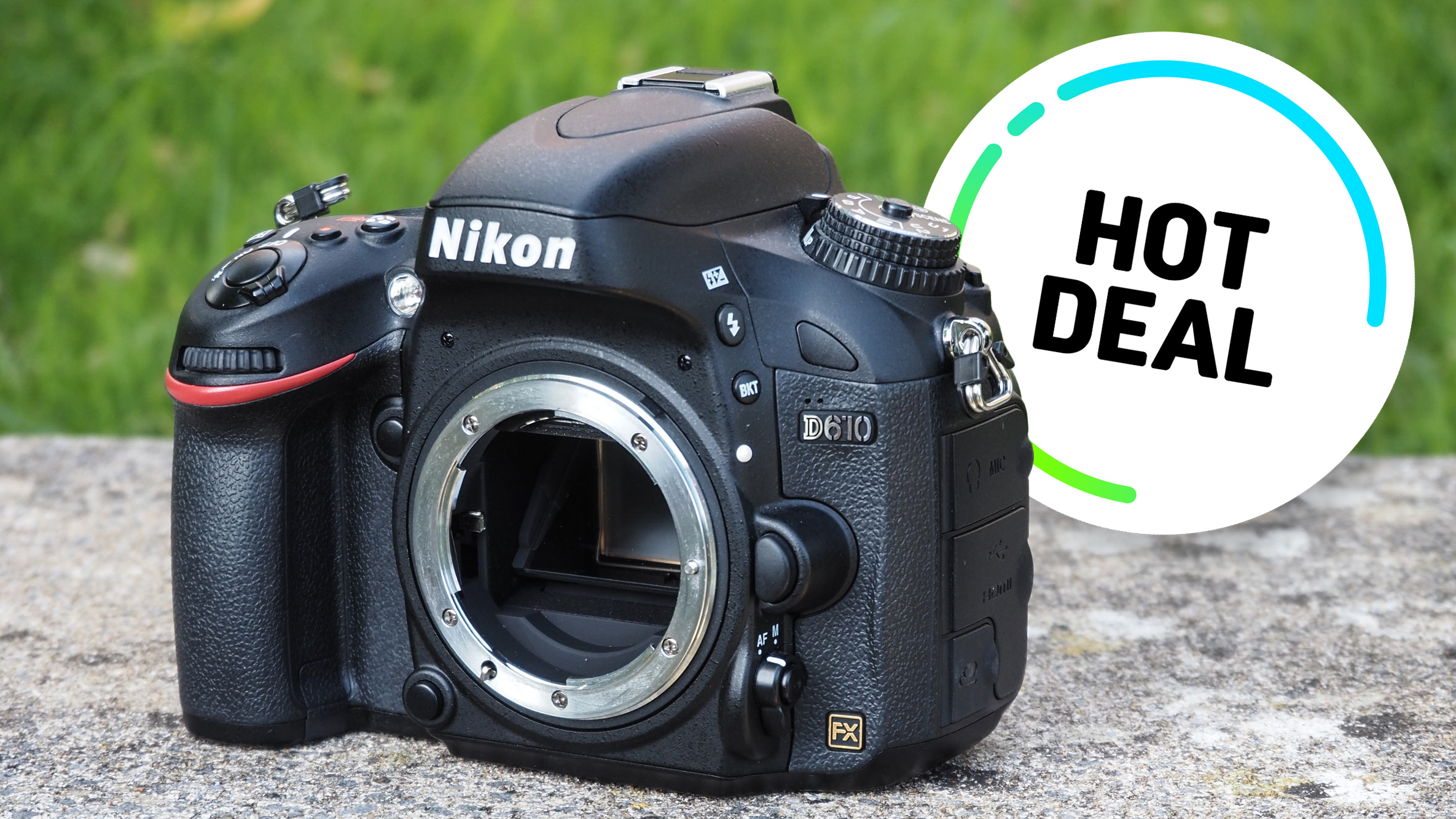How to get shallow depth-of-field effects with any camera
Full frame makes things easy but shallow depth-of-field effects are still possible with even basic cameras
Choose a different focal length

Longer focal lengths are often thought to produce images with shallower depth of field than wider ones, although this isn’t quite the case.
It seems to be so, as you’d naturally opt for a long telephoto lens when isolating a subject from its background rather than a wideangle optic, but to make the comparison fair you would need to move so the main subject occupies the same proportion of the frame in each image you capture.
If you did this, you would see that depth of field hardly changes between the two. Yet, images appear to have more pronounced blur in shots captured with telephoto lenses. So what’s happening here?
With a narrower angle of view, less of the background is being captured with the telephoto lens than it is with the wideangle lens. As a result, what is being captured is essentially being stretched to a greater extent in order to fill the frame, which appears as stronger blur.
Of course, whether this technically creates more shallow depth of field or not isn't really the issue; it appears to be the case and that's good enough.
If you're using a compact camera, zoom in as far as possible and capture your subject from the minimum subject distance at which your camera will allow you to focus. To check where this is move very close to the subject and try to take the image, before gradually stepping back and repeating the process until the camera confirms focus.
For subjects in a line, shoot at an angle

Strictly speaking, this method doesn't create shallower depth of field although it works by using additional points of reference to highlight how shallow the depth of field actually is.
Let’s suppose you’re capturing a series of railings, with your camera's sensor parallel to the railings, and you're focusing right in the centre of the frame. As the entire railings are more or less all at the same distance away from you, they will all be recorded with roughly the same focus.
Now consider what would happen if you carried on focusing exactly where you were before but you moved to one side or another so that you were at a 45degree angle to the railings. Some would be further away and some would now be closer to you – and with a sufficiently wide aperture you would be able to blur both to leave the middle of the frame focused. Move to a more acute angle and this would increase even further.
By filling the frame with subjects that you know will be out of focus, more attention is placed on the shallowness of the area that is in focus. Obviously this won’t be appropriate for every scene, but it’s useful to know if you only want a very small part of the scene to be in focus.
Read more:
What is depth of field?
Cheat sheet: depth of field decisions
Six ways to improve your composition
- 1
- 2
Current page: Shallow depth-of-field effects with any camera
Prev Page Shallow depth-of-field effects with any cameraGet the Digital Camera World Newsletter
The best camera deals, reviews, product advice, and unmissable photography news, direct to your inbox!
The former editor of Digital Camera World, "Matt G" has spent the bulk of his career working in or reporting on the photographic industry. For two and a half years he worked in the trade side of the business with Jessops and Wex, serving as content marketing manager for the latter.
Switching streams he also spent five years as a journalist, where he served as technical writer and technical editor for What Digital Camera before joining DCW, taking on assignments as a freelance writer and photographer in his own right. He currently works for SmartFrame, a specialist in image-streaming technology and protection.

